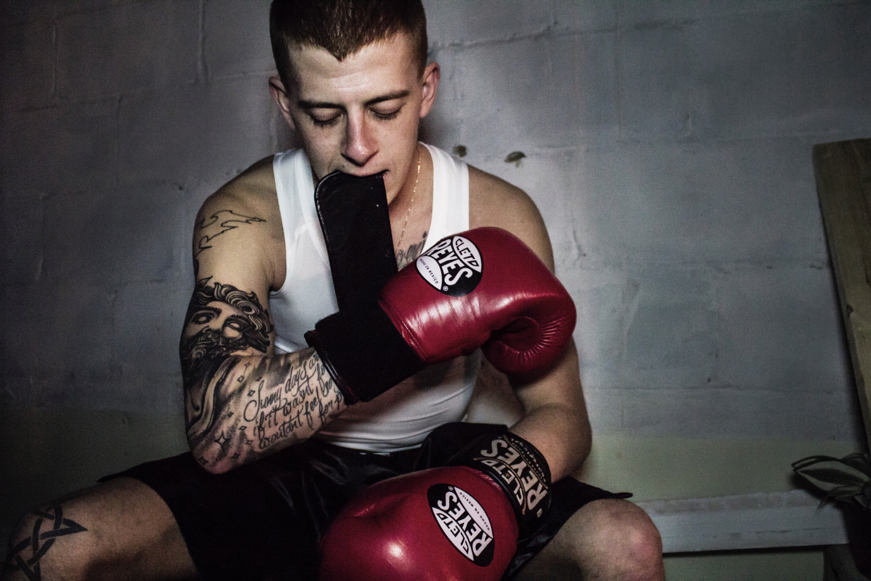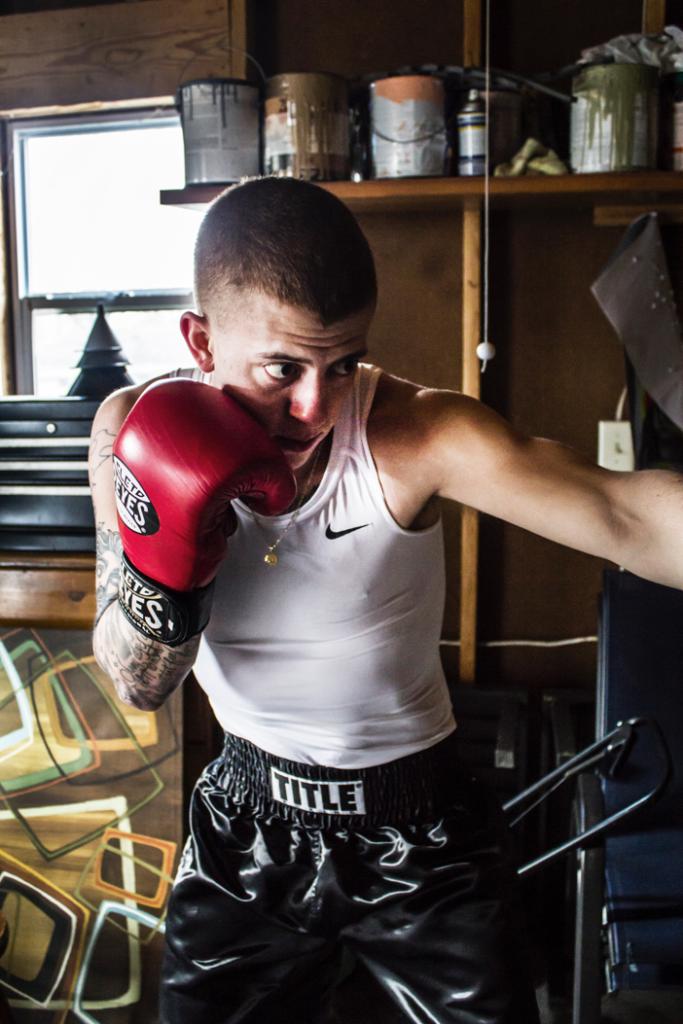So you want to play Dungeons & Dragons? You’ve heard about it. You’ve seen your uncle’s bag of oddly-shaped dice. You may have even seen it played on shows like “Community” and “Stranger Things.” But what is it?
What is Dungeons & Dragons?
The Player’s Handbook describes Dungeons & Dragons as a “childhood game of make-believe,” but with structure and consequences decided by dice.
According to the Dungeon Master’s Guide, D&D is a game of swords and sorcery. It’s a collaborative story telling game with heroes and villains, dragons and zombies, magic and politics. It can be anything you want it to be.
To an outsider, a game of D&D might look like a group of people sitting around talking about swords and dragons but that’s only because it’s primarily made up of imagination.
Jarod DePew, the Dungeon Master (DM) for his game, defines D&D as a game of imagination with three different parts: “the explanation of the surroundings, the players reacting, and the DM explaining the effects of their actions.”
According to DePew, a game of D&D may sound something like this:
Dungeon Master: You walk into a pitch black room. There’s a scent of smoke, but no fire. What do you do?
Player: I light a torch and investigate the area for clues.
Dungeon Master: You find a half-burned treasure chest and a pile of bones.
What do I need to start playing?
The two main components of a D&D game are the player and the Dungeon Master. The Player’s Handbook suggests a game consist of four players and a Dungeon Master chosen before game night for ample preparation time.
When it comes to game night, the players and Dungeon Master will need character sheets, writing utensils, and dice.
Perhaps one of the most iconic things is a Dungeon Master’s screen. A Dungeon Master’s screen can be something as simple as two binders or folders propped up in front of the Dungeon Master so the players can’t see their rolls or statistics of the monsters they’re fighting, according to DePew.
Another necessity for a game of a D&D game is food. Considering a game may last anywhere from two to eight hours on average (some play as long as 12 hours), being able to replenish calories burnt from fighting a dragon is a must, DePew said.
How do I become a Dungeon Master?
The Dungeon Master is “everything the players are not,” DePew said.
They are responsible for outlining a narrative, possible encounters, and potential situations for the players to react to.
There are several styles of Dungeon Mastering. Many Dungeon Masters like to prepare for any situation the players may wind up in. This means creating maps, characters and situations for anywhere the players may go.
Other Dungeon Masters find this method to be redundant.
“I prefer improv. Don’t get me wrong, I have papers full of information, but I like to improv,” DePew said.
“I like being a DM because I have a very insane imagination and I’m able to see things a majority of people can’t. I enjoy explaining to my friends and cohorts what’s going on in my imaginary world,” Depew explained.
How do I become a player?
The first thing you need to do as a player is create a character. This consists of choosing a race and class you think will be fun to play. For example, you could be Darius, the gnome fighter from the lost island of Loraxia, or you could be Hirron, the elvish warlock who once slayed a red dragon – with hundreds of character combinations, you can build any type of character you’d like.
Jordan Kortenber, who is primarily a player, said he likes being able to “run in, beat people up, and kick doors down, but some people like to cast a bunch of magic and spells. Some people prefer to be sneaky.”
During the character creation process you and the rolls of your dice will decide different attributes of your character like hit points, items and spells.
Game night is primarily about roleplay and pretending to be someone else, but there are many styles of play.
“A lot of people get embarrassed because they don’t want to say something embarrassing, but sometimes that’s the point. Our stories can be really dark and edgy sometimes, but more times than not, it will end up being funny,” Kortenber said.
Why should I play?
Kortenber explained that while there dozens of books and guides, the rules aren’t what matters. The game is really about friendship and storytelling.
“It’s a way to make new friends and even get closer to the friends you already have. Like, you’re playing for hours sometimes and getting to know a person on a whole different level because they’re expressing themselves through their character,” Kortenber said.
So you’re interested? Now it’s time to roll up some cool characters and get ready to dive into some dungeons. Have your dice ready and snacks prepared. And most importantly — May your swords be sharp and your rolls be high…



